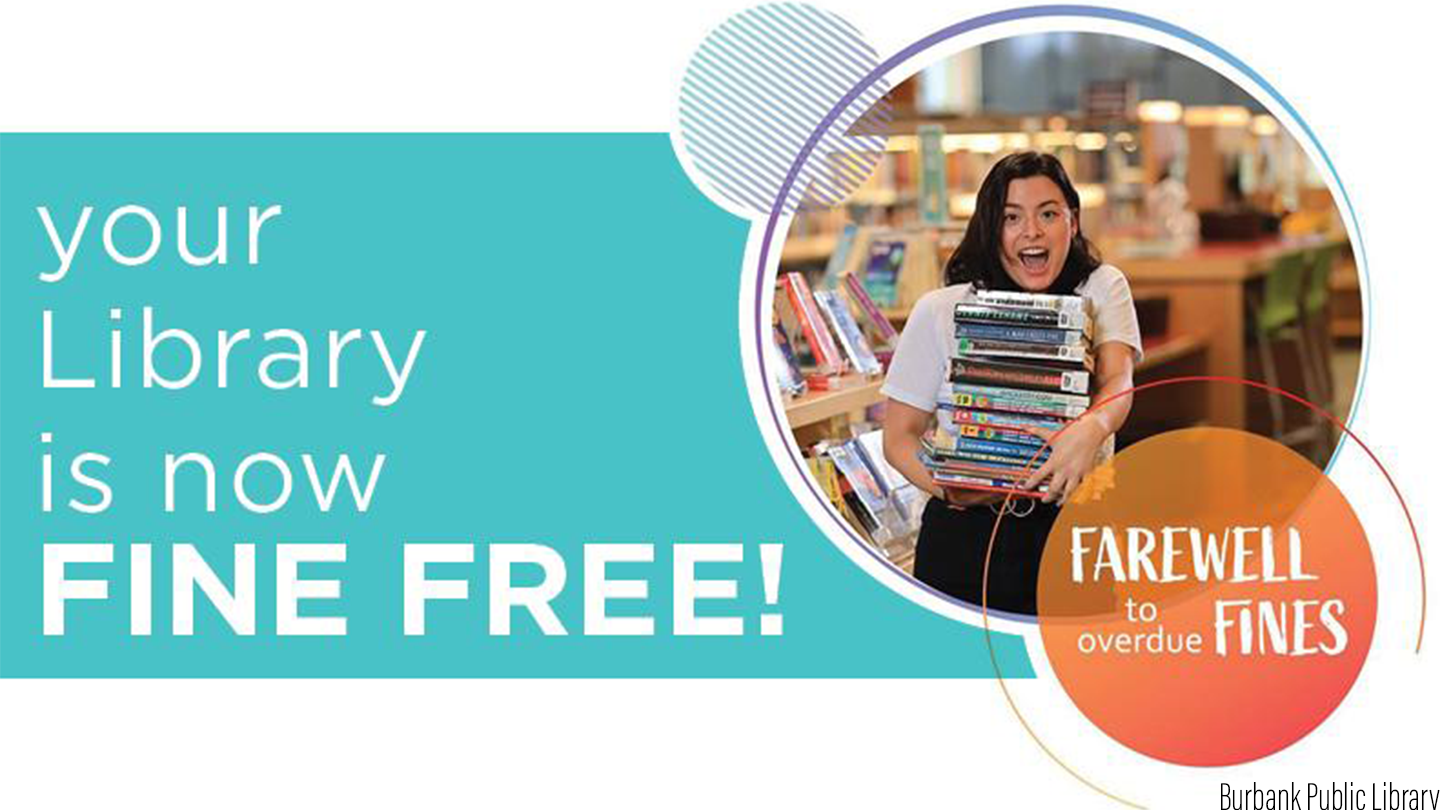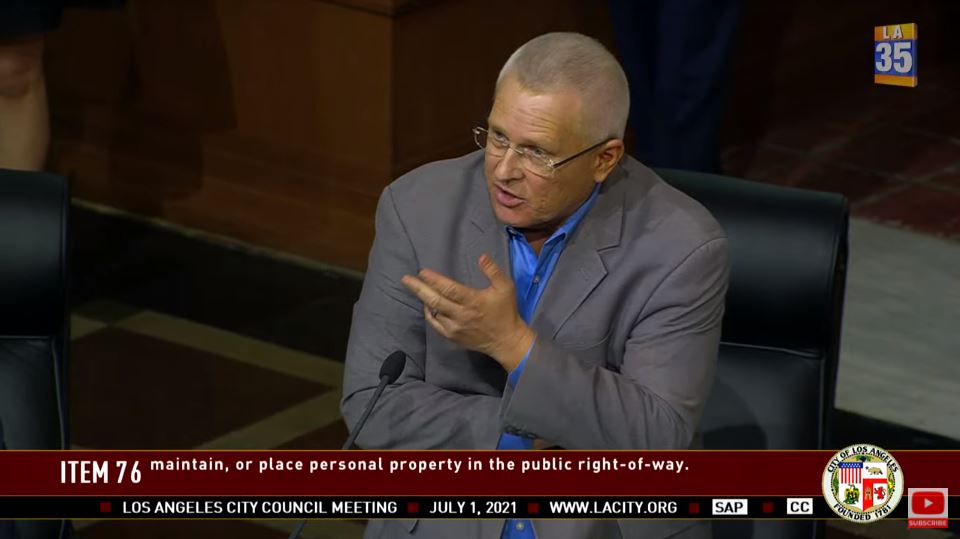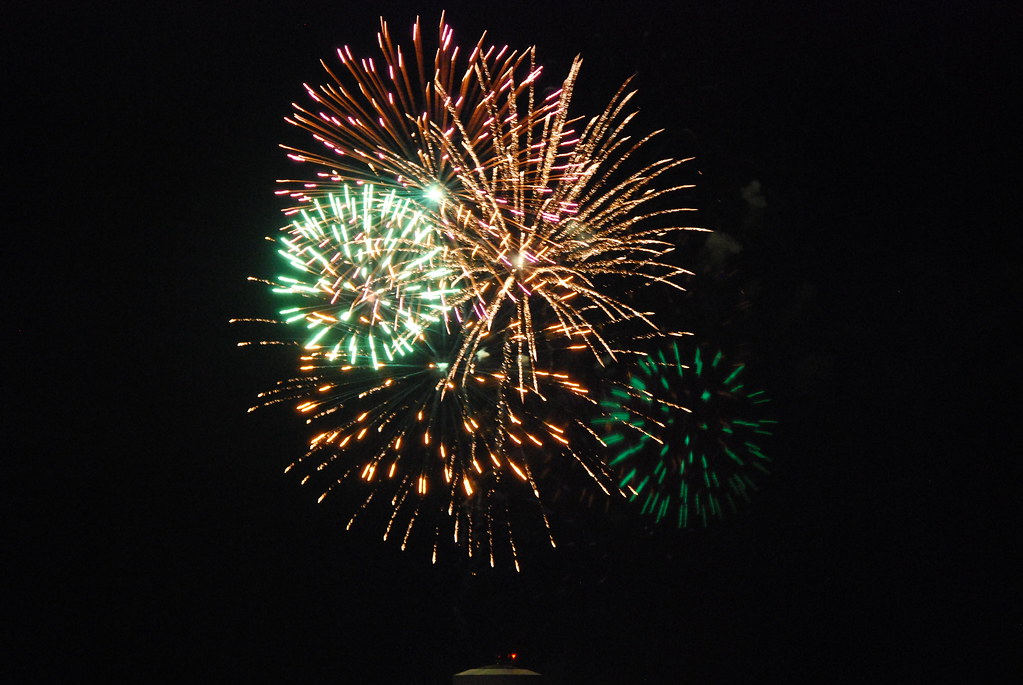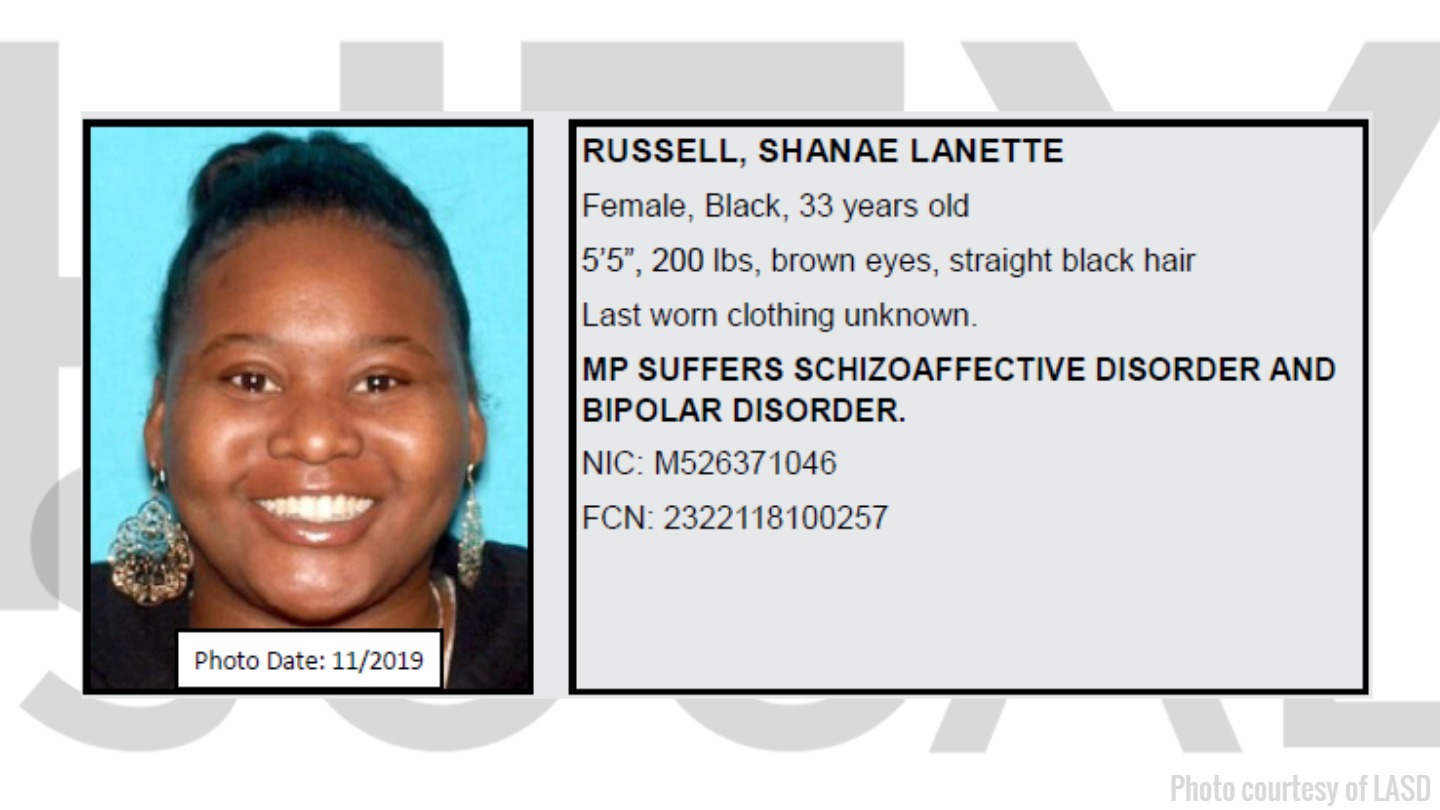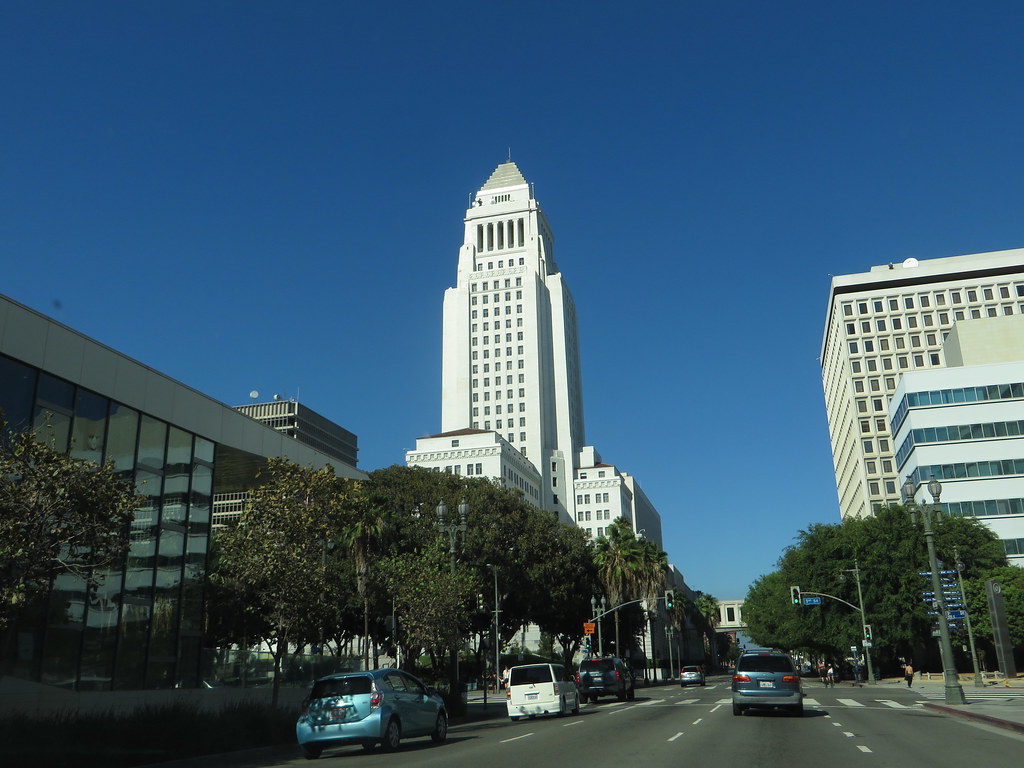Los Angeles County’s COVID-19 numbers continue moving in the wrong direction, with the daily number of new cases and the rate of people testing positive for the virus doubling from their levels of two weeks ago.
While the county Department of Public Health insisted Wednesday that the rates are still well below the levels seen during the winter surge of COVID- 19, the increase in community transmission of the virus is “concerning.”
The county reported 422 new cases on Wednesday, the highest number in weeks and more than double the number the county reported on June 15, the day most COVID health restrictions were lifted locally and statewide.
The average rate of people testing positive for the virus inched upward to 1.2%. On June 12, the rate was 0.4%. It was 0.8% last Friday.
Health officials have noted in recent weeks that the number of people getting tested has dropped dramatically from the winter surge, and the people who are getting tested are likely doing so because they are experiencing symptoms or were exposed to the virus — contributing to a higher positivity rate.
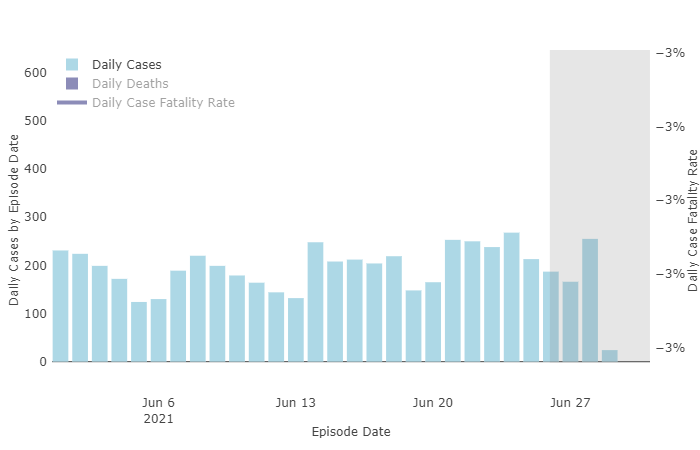
According to state figures, there were 275 people hospitalized due to COVID-19 in the county as of Wednesday, up from 255 on Tuesday. There were 76 people in intensive care, up from 63 on Tuesday.
The county on Tuesday reported two new COVID-19 deaths, raising the death toll to 24,483.
The increasing metrics are indicative of rising community transmission, and they come at a time local and federal health authorities are closely monitoring spread of a “Delta” variant of the COVID-19 virus. The variant is considered far more contagious than the original virus and its other mutations. The “Delta” variant is blamed for rampant infections in India and in parts of the United Kingdom.
Fear of the variant taking hold locally prompted county health officials this week to “strongly recommend” that all residents — regardless of vaccination status — wear masks in crowded indoor public settings. That’s a departure from state and federal mask-wearing guidance, which generally allows vaccinated people to drop their face masks in most settings.
The Fourth of July holiday could also foster additional virus transmission, thanks to anticipated family and community gatherings. Last year’s July 4 holiday was blamed for sparking a summer surge in COVID infections, even with most large public fireworks events canceled.
“Last year, we didn’t have the vaccine and there were increases in cases and hospitalizations that occurred after the Fourth of July holiday,” county Public Health Director Barbara Ferrer said in a statement. “This year we have three powerful vaccines but there are still about 4 million residents that are unvaccinated and at risk of COVID-19 infection.
“With small increases in community transmission and an increase in the circulation of the Delta variant, your best protection and the best protection for the county’s recovery are the safe and effective COVID-19 vaccines,” she said. “And while we are increasing the number of people with vaccination protection, sensible public health precautions, including masking and hand hygiene can support our recovery.”
Health officials have said the vaccines provide strong protection against the “Delta” variant, but they fear the more the variant spreads, it increases the chance of further mutation that could make vaccines less effective.
As of June 20, more than 10.2 million doses of vaccine had been administered in the county, with 67% of residents age 16 and over having at least one dose, and 58% fully vaccinated.
The county is continuing to offer incentives for people to get vaccinated. Continuing through Thursday, people age 18 and older who get vaccinated at sites operated by the county, city of Los Angeles or St. John’s Well Child and Family Center will be entered for a chance to win one of two season ticket packages to Six Flags, the Los Angeles Zoo, the Natural History Museum and the La Brea Tar Pits, along with ticket packs for the California Science Center.
The contest is open to anyone who comes to one of the participating sites for a first dose of vaccine, or anyone who is obtaining a second dose and brings a first-dose patient with them.


